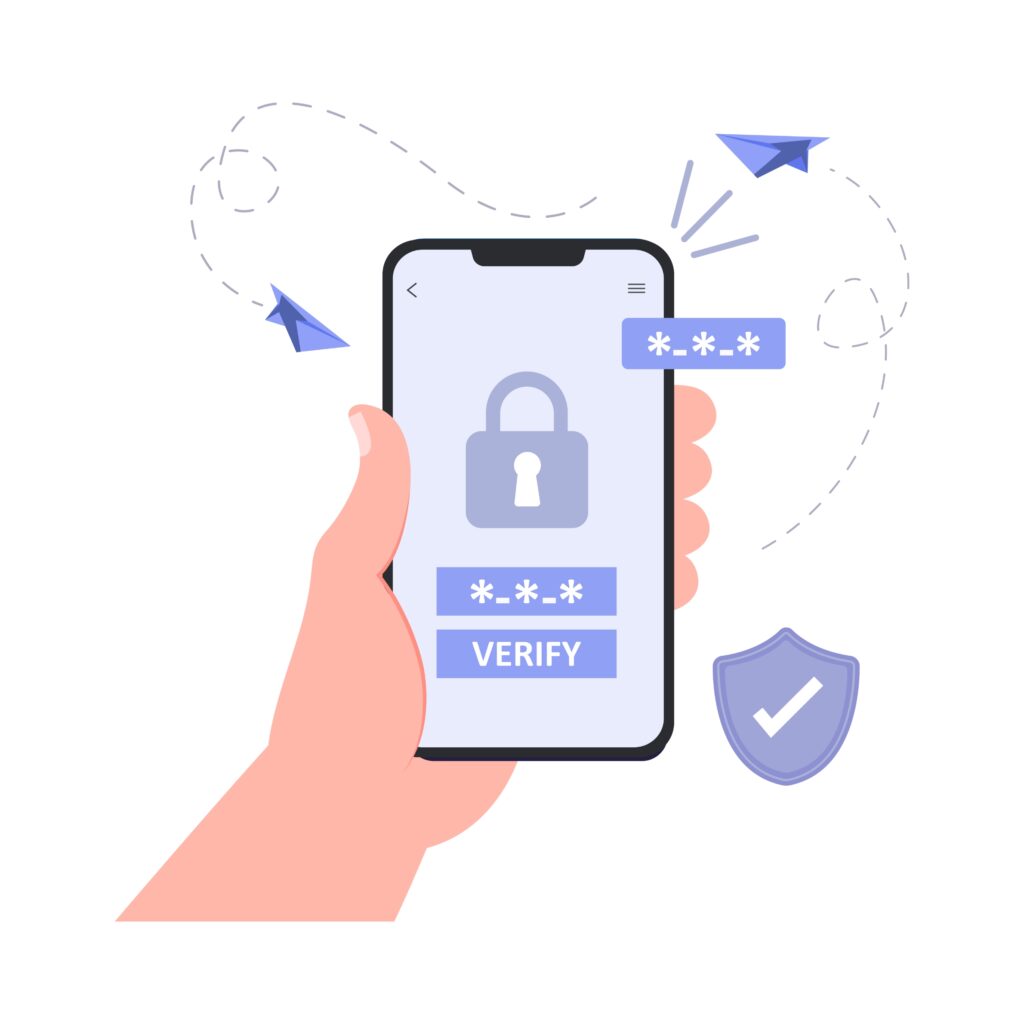Welcome to Lesson 2 of the Introduction to Digital Hygiene module! In this lesson, we will focus on device and account security, which are vital aspects of maintaining good digital hygiene.

Securing Your Devices
Securing your devices, such as computers, smartphones, and tablets, is essential to protect your personal information and prevent unauthorized access. Here are some best practices to enhance device security:
- Strong and Unique Passwords: Create strong, complex passwords for your devices, accounts, and Wi-Fi networks. Use a combination of uppercase and lowercase letters, numbers, and symbols. Avoid using easily guessable information like birthdays or common words.
- Two-Factor Authentication (2FA): Enable two-factor authentication whenever possible. This adds an extra layer of security by requiring a secondary verification method, such as a unique code sent to your mobile device, in addition to your password.
- Regular Software Updates: Keep your operating system, applications, and antivirus software up to date. Software updates often include security patches that address known vulnerabilities.
- Data Encryption: Use encryption to protect sensitive data on your devices. Encryption scrambles your data, making it unreadable to unauthorized individuals.
Safeguarding Your Online Accounts
Online accounts contain a wealth of personal data, making their security crucial. Here are some measures to bolster account security:
- Strong and Unique Passwords: Just as with devices, use strong, unique passwords for each of your online accounts. Consider using a password manager to securely store and generate complex passwords.
- Two-Factor Authentication (2FA): Enable 2FA for your online accounts whenever available. This provides an additional layer of security by requiring a second verification step, such as a unique code or biometric authentication.
- Beware of Phishing Attacks: Be cautious of phishing attempts, where attackers try to trick you into revealing your login credentials. Avoid clicking on suspicious links or providing personal information through email or unfamiliar websites.
- Account Recovery Options: Set up account recovery options, such as secondary email addresses or phone numbers, to regain access in case you forget your password or encounter account issues.
By implementing these security practices, you can significantly reduce the risk of unauthorized access to your devices and accounts, ensuring a safer digital experience.
Additional recommended reading:
Two-factor authentication handout
How to: Avoid Phishing Attacks
Animated Overview: Protecting Your Device from Hackers
How to: Protect Yourself Against Malware
